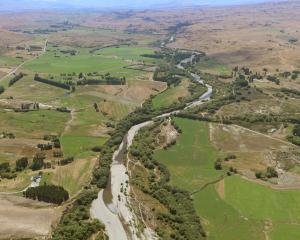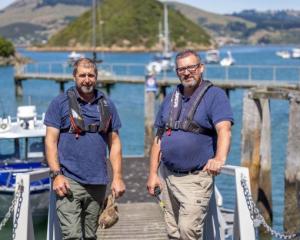Speaking at a recent Fish and Game Otago meeting in Dunedin, Dr Schallenberg said the lake could be restored through the introduction of Daphnia pulex, commonly known as the water flea.
The water flea would remove the reddish brown algal bloom that was giving the lake its dark and dirty appearance.
However, even if the flea was introduced, external pollution through the groundwater would have to be addressed by the Otago Regional Council.
''Otago Regional Council is aware of what's going on here, but there doesn't seem to be a lot of interest or ideas of what we can do about it.''
He questioned whether fertilisers from the nearby Millbrook and Hills golf courses, fertilisers from viticulturists, Lake Hayes residential septic tanks and Coronet Peak's sewerage system might have contributed to the lake's algal bloom problem.
He estimated 20% of the lake's nitrogen pollution had come through groundwater.
Dr Schallenberg, a research fellow at the University of Otago, had been studying Lake Hayes since 1995 and believed the key to reducing algal bloom was to increase the number of Daphnia.
During 2010, the lake had been as clear as he had seen it and he believed this was a result of a bigger population of the foreign Daphnia pulex.
The clear water lasted two seasons but because Daphnia was also a common fish food, the population had since died off and the lake returned to its ''reddish brown'' colour, he said.
Perch had been eating the fleas and Dr Schallenberg suggested reducing the number of the fish.
Because of its sediment makeup, the top layer of water in Lake Hayes heated up during summer, while the bottom layer did not change temperature.
He said this had a negative effect on trout because they would swim at the upper level of the lake, where it could be too hot for survival.
The warm layer prevented oxygen filtering down to the bottom layer and that subsequently became anoxic, meaning without oxygen, causing a chemical reaction that released phosphorus and ammonia.
''It's a pretty dire situation for a lake that had a major commercial fishing aspect.''
Dr Schallenberg said options to restore the lake to its original clean state for trout were: reintroducing Daphnia, keeping a better eye on neighbouring polluters, introducing chemicals or aerating the lake.












